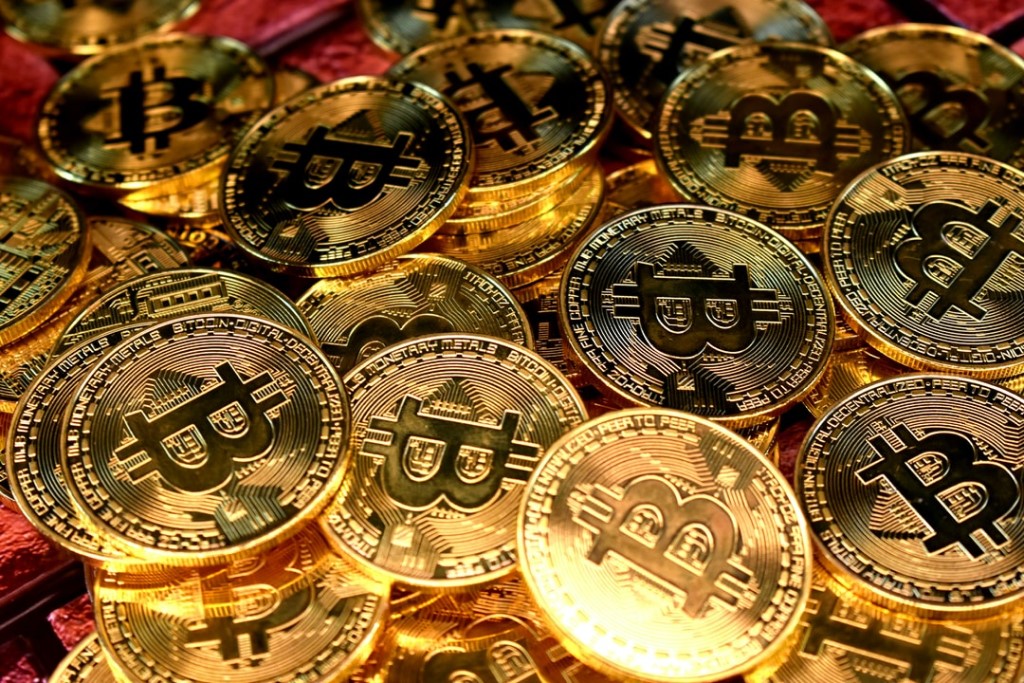
Bitcoin provides an efficient way to transmit money over the internet and is governed by a decentralized network with clear rules, providing an alternative to fiat money controlled by central banks. There’s been a lot of discussion about how to price Bitcoin, and we’ve set out to investigate what the price of the cryptocurrency could look like in case it reaches broad acceptance. First, though, a step backup is useful. Bitcoin and other digital currencies were rated alternatives to fiat money.
Value of Currencies
Throughout history, commodities or precious metals were employed as payment systems in many cultures because they were regarded as having relatively constant worth. Rather than requiring people to carry burdensome amounts of cocoa beans, gold, or other early money forms, civilizations ultimately resorted to coined currency as an alternative. The reason many instances of coined money were useful was that they were stable value stores, constructed of long shelf-life metals with minimal danger of depreciation.
In the contemporary era, printed currencies frequently take the form of paper money that doesn’t have the same inherent worth as precious metal coins. Even more often, however, people use electronic money and payment systems. Some currency kinds depend on being “representative,” meaning that representatives may immediately exchange each cash or note for a defined commodity quantity. However, when nations abandoned the gold standard to reduce worries about federal gold supply runs, many worldwide currencies are now classed as fiat. A government issues fiat money, not backed by any commodity, but by believing that people and governments would accept that currency.
Transferability, Utility, and Divisibility
Additionally, a successful currency must meet scarcity, divisibility, utility, transportability, durability, and counterfeit ability.
Shortness
The key to maintaining a currency’s value is supply. An overly ample supply of money may increase commodity prices, leading to economic catastrophe. An extremely small quantity of cash may also create financial difficulties. For fiat currencies, most governments worldwide continue to generate money as a method of managing shortages. Many governments operate with a predetermined level of inflation to bring down fiat currency value. In the U.S., for example, this rate has traditionally been about 2%.Splitting
Successful currencies are divided into smaller pieces. The money must be sufficiently divisible to properly represent the value of any product or service in the economy.Utilities
A currency’s utility is essential for it to be successful. This currency’s utility is one of the primary reasons Coins have been produced. In the first place: it allowed market participants to avoid bargaining directly for goods. Additionally.Transportation
The economic actor must readily move currencies between economic actors for usage. Coins or notes made of materials that may be readily mangled, damaged or destroyed, or degraded over time to the point of being useless are not enough.
Bitcoin vs. Fiat Currencies
Scarcity
When Bitcoin was created in 2009, its creator specified in the protocol that tokens would be limited at 21 million. Bitcoin’s current supply is approximately 18 million. The pace at which Bitcoin is issued falls by around half every four years, and collection should be above 19 million in 2022. This implies the protocol won’t change.
Bitcoin’s method to supply differs from other conventional currencies. M0 refers to circulating money. M1 demand deposits such accounts checking. Since M0 and M1 are widely available for commercial usage, we will regard these two buckets as exchange media. At the same time, M2 and M3 will be viewed as value store money. As part of monetary policy, most governments retain some flexible control over circulating money supplies, making changes dependent on economic variables. Adjustable cash flow isn’t Bitcoin’s case.
Too far, the continuous availability of additional tokens to be produced has fostered a strong mining ecosystem, but this may alter dramatically as the 21 million-coin cap approaches. It’s hard to tell what precisely would happen then; one example would be to suppose the U.S. government abruptly stopped producing any new banknotes. Fortunately, thankfully, the last Bitcoin will not be minted until about 2140. In general, scarcity may raise the value of a product. It may be seen with precious metals such as gold.
Divisibility
Quadrillions of Satoshi units to be dispersed throughout a global economy. This high divisibility allows bitcoin’s scarcity; if bitcoin continues to increase in price over time, people with small fractions of a single bitcoin may nevertheless participate in daily transactions.
Utility
Bitcoin’s main selling feature was its use of blockchain technology. Blockchain is feasible due to an extensive system of checks and verifications, which is essential to keeping the ledger and mining new Bitcoins. Best of all, blockchain technology’s versatility means it also has value beyond the bitcoin sector.
Transportability
Transferability is a major feature of any money. Bitcoin is transferable within minutes between parties thanks to cryptocurrency exchanges, wallets, and other tools, regardless of transaction size, with extremely cheap fees. In the present system, moving money may take days at a time and involve costs. While mining Bitcoin requires enormous amounts of energy, maintains the blockchain, and processes digital transactions, people do not usually own any of Bitcoin’s physical representations.
Durability
Durability is a significant physical problem for fiat currency. A dollar note, although strong, may nevertheless be ripped, burnt, or useless. Similarly, digital payment modes are not vulnerable to similar physical damages. Bitcoin is so incredibly valued. It cannot be destroyed like a dollar note might be. If a user loses their cryptographic key, bitcoins in the associated wallet may be permanently useless.
Counterfeit ability
Bitcoin is extremely challenging because of the complex, decentralized blockchain record architecture. Doing so would involve confounding all Bitcoin network members, no minor task.